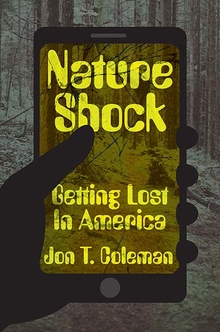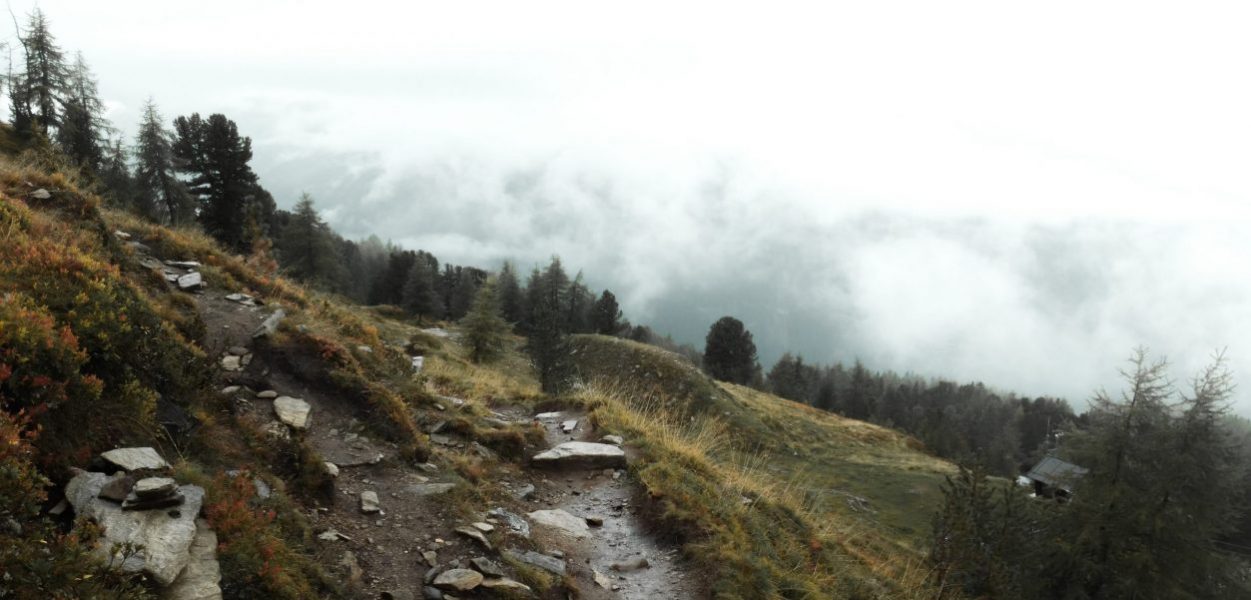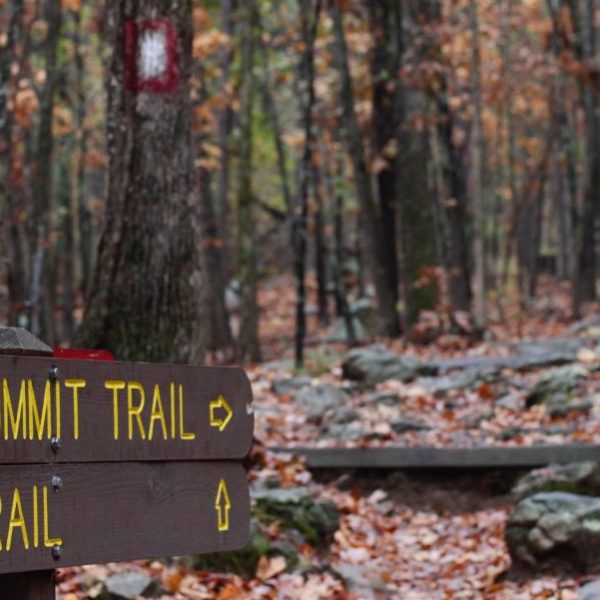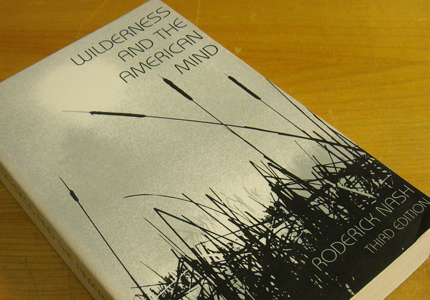Getting Lost in the Wilderness in the Digital Age
Jon T. Coleman—
I was born in Boulder, Colorado, in the Age of Aquarius. My little sister arrived two years later, on the second anniversary of Earth Day. Geography and history predisposed the Coleman children to think like mountains. My parents furthered the cause by taking us hiking in the sandstone escarpment known as the Flatirons west of town. My sister and I made a game of picking up beer cans and candy wrappers along the trail and stashing them in our backpacks for disposal later. When I grew up, instead of a fireman or doctor, I wanted to be a “future saver.” I was a very Boulder kid.
Graduate school ended my childhood. I read environmental historian William Cronon’s article “The Trouble with Wilderness,” a sobering deconstruction of wilderness areas as pristine and primordial. Far from being outside history or society, Cronon argued, wild spots reeked of human activities, ideas, and manipulations. Finishing the article felt like losing Santa Claus. I continued to ponder the wilderness as a cultural artifact, but I gave up on the actual place.
When I began researching getting lost in American history, I was surprised to stumble into the wilderness again, though one built of materials unfamiliar to me. Rather than a pocket of unsullied nature, the wilderness I encountered included vast and remote areas filled with jagged peaks, dreary swamps, and wild animals. But it also arose from the hippocampus, the seahorse-shaped section of the human brain devoted to memory, emotion, and navigation. The resulting wilderness was neither pretty nor predictable. Indeed, it could be shocking.
In 2008, search-and-rescue expert Robert Koester published a training manual based on the International Search and Rescue Database, a compendium of 50,692 emergency reports from the United States and around the world. Koester found that 68% of lost person episodes occurred in areas categorized as wilderness. Rural sites accounted for 14%, with cities (9%) and suburbs (2%) trailing behind. Rural byways, city grids, and loopy suburbs caused directional mix-ups, but extreme locational perplexity gravitated toward blocks of undeveloped land that distanced visitors from modern amenities. These areas need not be scenic, ahistorical, untouched, or protected by the federal government. To bewilder the lion’s share of humans, these spaces needed to do three things: get people walking, mess with their vision, and fog up their memories. In extraordinary instances of disorientation, this wilderness induced nature shock, a radical form of getting lost that rattled identities as well as mixed-up directions.
The wilderness could strike when you least expect it. For example, it ambushed country music star Kane Brown just the other day. On a sunny afternoon in August 2020, he took a couple friends on a tour of a thirty-acre property he recently purchased outside Nashville, Tennessee. A storm rolled in, dropping the temperature, and collapsing the visibility. Dressed in t-shirts and shorts, carrying a single phone between them low on juice, the trio texted another country singer who lived nearby. Musician Ryan Upchurch and a friend came to the rescue in all-terrain vehicles (they were recreating in the woods, shooting guns, and blitzing mud puddles). Things grew worse when the four-wheelers ran out of gas and cell service proved spotty. The group eventually found a weak signal to call the cops, who located the five by following the sound of the guns being fired by Upchurch and his buddy.
The episode became an internet joke with a meme punchline: country singer gets lost in his own backyard! (giggle emoji). Kane acknowledged that the ordeal was humorous in a Facebook post. Upchurch, however, tried to stifle the guffaws in a video on Instagram, from which I excerpt: “Okay, look, I see all the memes and stuff. Yeah, they’re kinda funny. But here’s the fact of the matter, man. When you’re in pitch black and your eyeballs are open and you can’t even see your hand in front of your face, it’s kinda hard to find your way out. It’s obvious some of y’all never been lost in the woods before, but if you get dropped in thousands of acres blind as f— in a place you ain’t never been in before, probably [you’re] gonna get lost.”
You will not find a better definition of getting lost in a wilderness in the digital age. For all their technological wizardry, these cutting-edge internet music stars succumbed to the same ingredients of discombobulation that felled human beings in North America for centuries. They entered an environment without grids or signposts on a lark. Assuming they were safe, they paid little attention to their surroundings. No one memorized the route or took note of landmarks. GPS handled that. The situation started to turn dire when the group realized their phones’ limits and their own forgetfulness.
Nature shock is a mental state with geographic coordinates and social consequences. The Kane episode fit the pattern. When the road disappeared and the four-wheel-drive vehicles ran out of fuel, space expanded beyond their physical abilities to find a way out. When the clouds rolled in and darkness fell, they plunged into the confusion of a species that navigates mainly with its eyes. Lastly, they miscalculated the risks of venturing into an unknown territory because Kane held legal title to the land. The internet joke worked through the juxtaposition of Kane’s power of ownership and his vulnerability as a lost person. The absurdity of getting lost in your own backyard depended on the expectation that real estate was legible and controlled space, especially to the people who claimed it.
Getting lost is worth pondering for the way it reveals human blind spots like this. Nature shock brings us back to history, where nature, power, and imagination created navigable environments, and it teaches that despite our smartphones, our online friends, and our ADHD, we are not that different from the generations that wandered before us. The wilderness is not gone; we carry the makings with us in our technology, our eyes, and our assumptions.
Jon T. Coleman is professor of history at the University of Notre Dame. He is the author of two books, including Vicious: Wolves and Men in America, winner of the W. Turrentine Jackson Award from the Western History Association.
Further Reading:



























